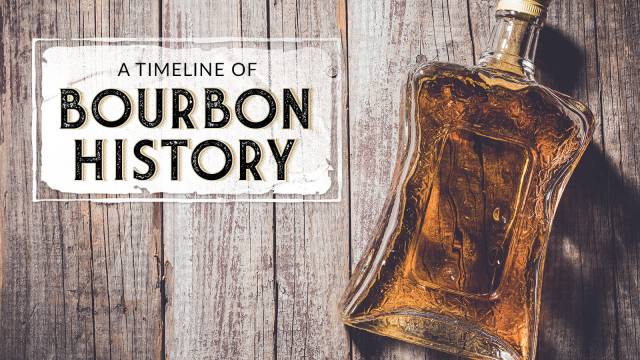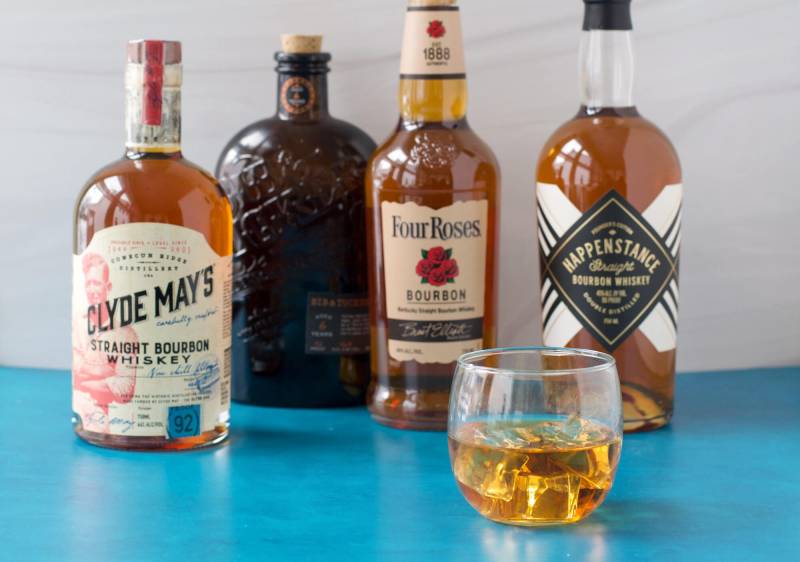Bourbon Vs Scotch are both notable and cherished kinds of bourbon, yet they have unmistakable qualities that put them aside. Both starting from various districts and societies, these refreshments have special chronicles that add to their charm. In this article, we will dive into the entrancing universe of scotch versus whiskey, investigating the vital contrasts between them, the procedures utilized in their creation, and the variables that add to their singular flavor profiles.
Scotch bourbon, as the name recommends, hails from Scotland, while whiskey is an American bourbon, transcendently created in the territory of Kentucky. Each sort of bourbon complies with severe guidelines and rules that shape its creation cycles and impact its last quality. For example, scotch should be produced using malted grain, while whiskey should contain no less than 51% corn in its recipe. These fixings, alongside different factors like area, maturing, and refining techniques, aggregately add to their special preferences and smells.
As we plunge further into the universe of scotch and bourbon vs scotch, we will likewise address provincial varieties and proposals for serving these spirits. Furthermore, we will present famous brands and refineries and answer much of the time posed inquiries to assist rookies with investigating these modern refreshments with certainty.
Bourbon History

Whiskey is a kind of bourbon that has its foundations in the US, predominantly in the province of Kentucky. Whiskey creation started in the late eighteenth hundred years and has since acquired enormous notoriety both broadly and globally. Whiskey bourbon is made fundamentally from corn squash - something like 51% corn - and furthermore complies with severe creation guidelines set by the US government. These guidelines incorporate the expectation that it ought to be matured in new, scorched oak barrels, and shouldn't contain any added substances. With its unmistakable, better taste contrasted with Scotch, Whiskey has turned into a significant piece of American custom and culture.
Ingredients and Distillation
Essential Ingredients
Scotch and Whiskey are the two whiskies, yet they contrast in the essential fixings utilized. Scotch essentially involves malted grain or malted grains in its creation. Then again, Whiskey is legally necessary to utilize a crush charge comprising of no less than 51% corn. The leftover fixings in Whiskey might incorporate rye, wheat, grain, and different grains. This makes Whiskey by and large less expensive to deliver as corn is more broadly accessible and more affordable than malted grain.
You Might Also Like: Cocktails To Impress Your Guests At Parties
Distillation Process
While both Scotch and Whiskey are refined, they go through various cycles. The refining system for Scotch includes the utilization of pot stills and is delivered by bunch refining. The greatest permitted liquor content for Scotch during refining is 94.8% ABV. Then again, Whiskey doesn't have a particular refining strategy prerequisite, yet it regularly goes through a section still refining.
The maturing system for both rye vs bourbon vs scotch additionally contrasts. The two of them utilize scorched oak compartments for development, however the base maturing prerequisites and the kind of oak utilized are unique. For instance, Scotch should be matured for at least three years, while Whiskey doesn't have a particular least maturing prerequisite, yet to be named as "Straight Whiskey," it should be matured for no less than two years.
In rundown, the distinctions among Scotch and Whiskey lie in their essential fixings and their refining and maturing processes. Scotch essentially utilizes malted grain, while Whiskey expects something like 51% corn in its crush bill. Also, Scotch purposes pot stills for refining and has explicit maturing necessities, while Whiskey fluctuates in refining strategies and has different maturing prerequisites to be marked as "Straight Whiskey."
Scotch Aging and Flavors
Scotch whisky, delivered in Scotland, ordinarily involves malted grain as its essential fixing. A particular trait of Scotch maturing is the necessity for the soul to be matured for at least three years in oak barrels. These barrels can be recently utilized for maturing different spirits like whiskey or sherry, which grants one of a kind flavors onto the Scotch.
There are a few districts in Scotland delivering Scotch with unmistakable flavor profiles:
- Islay: Known for its peaty, smoky whiskies
- Speyside: Creating fruity, flower, and here and there sweet whiskies
- Good countries: Creating whiskies with flavors going from light to rich, fruity to peaty
- Marshes: Known for their light, botanical, and fragile whiskies
- Whiskey Maturing and Flavors
- Whiskey, an American bourbon basically produced using corn (somewhere around 51%), is created in the US, with a large portion of it hailing from Kentucky. Whiskey should be matured in new, singed oak barrels, which fundamentally influence its flavor profile. The scorching of the barrels makes charcoal, which channels the whiskey and eliminates bothersome flavors during the maturing system.
The environment in Kentucky, with its sweltering summers and cold winters, makes the whiskey extend and contract inside the barrel, influencing the soul's collaboration with the wood and the advancement of its flavors. Most whiskeys have a vanilla, caramel, and oak profile because of the scorched new oak barrels, alongside better notes from the high corn content in the squash bill.
In synopsis, the maturing cycles and flavor profiles of scotch vs bourbon vs irish whiskey vary altogether because of their crude fixings, barrel utilization, and environment conditions. It's vital for remember these qualifications while examining and valuing these whiskies.
Regional Variations
Scotch Regions
Scotland is separated into a few whisky-creating locales, each with its own remarkable qualities and flavor profiles.
Islay: Situated off the west coast, Islay is renowned for its smoky, peaty flavors that come from the nearby peat utilized during the malting system. A portion of the outstanding refineries in this locale incorporate Ardbeg, Laphroaig, and Lagavulin.
Speyside: This area is known for delivering lighter and fruitier whiskies, frequently with notes of apples, pears, and honey. Refineries in Speyside incorporate Glenlivet, Glenfiddich, and Macallan.
High countries: The biggest of the whisky locales, the High countries is home to a different scope of scotch styles, from the delicately peated, botanical whiskies of the northern High countries to the more full bodied, fruity malts of the southern regions. A few well known refineries are Dalmore, Glenmorangie, and Oban.
Swamps: Whiskies from the Marshes are regularly lighter and gentler, with an emphasis on malty, fragile flavors. Instances of Marsh refineries incorporate Auchentoshan, Glenkinchie, and Bladnoch.
Serving Recommendations
Scotch Serving
While serving Scotch, it is critical to think about the china, temperature, and likely increases to upgrade the drinking experience. Utilize a Glencairn glass or a whisky tumbler to feature the smells and flavors. Serving Scotch slick, with practically no ice, permits the taste to be valued completely. Be that as it may, adding a couple of drops of water can upgrade the more unpretentious flavors, particularly for barrel strength whiskies.
Scotch can be delighted in at room temperature, which is commonly between 60-65°F (16-18°C). Chillier temperatures might dull the flavors, while hotter temperatures could reduce their intricacy. While matching Scotch with food, decide on correlative flavors major areas of strength for like, smoked meats, or chocolate pastries.
Bourbon Serving
Whiskey, similar to Scotch, benefits from appropriate china, temperature, and augmentations to boost its happiness. Antiquated glasses or bourbon vs scotch are great for serving Whiskey as they permit the consumer to see the value in the smell and flavors. Whiskey can be served perfect, on the rocks, or with a sprinkle of water to open up its various notes.
It is ideal to serve Whiskey at room temperature, around 60-65°F (16-18°C), to completely see the value in its special qualities. While matching Whiskey with food, pick doles that draw out the bourbon's pleasantness, as barbecued meats, flavorsome cheeses, or natural product based sweets.
Popular Brands and Distilleries

In the realm of bourbon vs scotch, two classifications that frequently flash conversations are Scotch and Whiskey. Both have one of a kind qualities and flavors that make them top choices among specialists. This part will cover a few famous brands and refineries in the two classifications.
Scotch Brands
Scotch whisky begins from Scotland and has a rich history that goes back many years. A few well known Scotch brands include:
High country Park 18: Known for its peated single malt, this brand offers a rich and full-bodied Scotch that is ideal for the individuals who appreciate peaty flavors.
Hakushu 18: A Japanese whisky that has earned worldwide respect for its quality and extraordinary flavor profile, Hakushu 18 is created by the Suntory refinery and expects to catch the pith of Scotch in its whisky.




